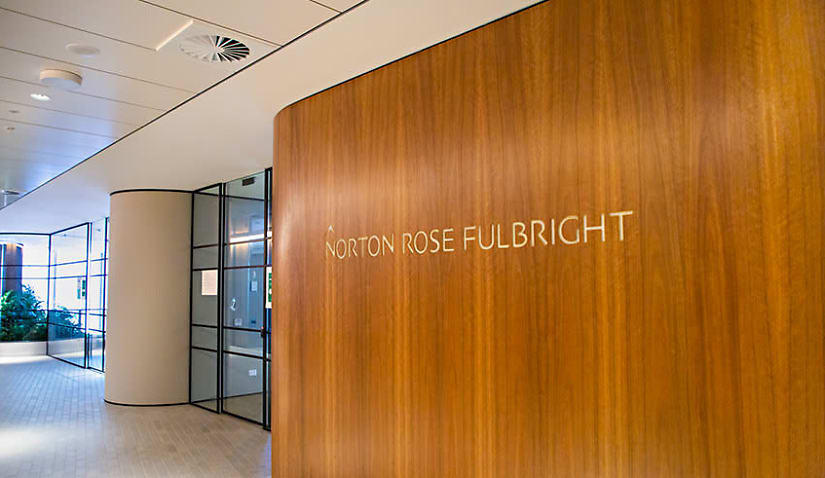Another BigLaw firm has charted the outlook of mergers and acquisitions for 2023, adding to the uncertain picture of what shape M&A will really be in the first and second half of 2023.

Global firm Norton Rose Fulbright (NRF) made several key predictions of the look of M&A throughout the year in their Australian Public M&A Deal Trends Report for 2023.
NRF corporate team leader Bryan Pointon commented that M&A activity is likely to look weak for the first half of the year and potentially rebound for the second half.
“The year of 2023 may turn out to be the tale of two halves,” he stated.
“We expect relatively subdued deal volumes to persist in the first half of the year, given ongoing uncertainty on whether the Australian economy can reduce inflation while avoiding recession.”
In a recent report by King & Wood Mallesons, NRF’s findings were reflected, as they also noted M&A dissipating late into 2022 and predicted early 2023 would follow suit.
At the end of last year (December), two Herbert Smith Freehills partners took a different view, finding that “2022 was a strong year for M&A”, along with predicting a strong M&A market going in to 2023. These contradictory views paint a muddied picture of how the first half of 2023 might take shape.
There are also contradictory predictions on how late 2023 will look for M&A.
NRF stated in their report that the second half of 2023 will be a “market ripe with public M&A opportunities after a challenging year in Australia for dealmakers”.
This sentiment was echoed by Corrs Chambers Westgarth’s M&A 2023 Outlook report, which anticipated lower activity for the beginning of the year, followed by a rebound by mid-year.
Yet, the view of a strong second half of 2023 was contradicted by Bartier Perry partner and head of corporate and commercial Michael Cossetto, who stated late last year: “We’re not expecting that to change or for mid-market M&A activity pick-up in the second half of next year.”
The NRF report noted that an upswing in the volume of deals would be heavily dependent on the Australian economy successfully navigating challenges, like mitigating further interest rate rises, stopping inflation, and avoiding a recession.
Mr Pointon noted: “If inflation is tamed in Australia without significant economic contraction, we expect more buoyant market conditions in the second half of the year to be accompanied by higher deal volumes.”
The report also noted that while 2023 will be volatile, opportunities will be open for those willing to navigate economic headwinds.
NRF unpacked what they see as the key drivers of M&A activity for 2023, as follows.
Firstly, NRF noted that private equity will play a key role in shaping the future of public M&A.
“PE funds are actively looking for opportunities to deploy unprecedented levels of capital for investment,” the report noted.
There is clear evidence of their enthusiasm to “play in the market”, it noted, with private equity bidders venturing into uncharted territory, building pre-bid stakes and deploying concurrent takeover/scheme deal structures.
Secondly, there is likely to be a rise in opportunistic M&A, targeting distressed and undervalued companies.
The report noted that boards should be expecting to become targets and would be served by having robust takeover response strategies in place, along with long-term defensive strategies like tactical share allotments and period buy-backs.
Thirdly, strong competition will be another driving force of M&A in 2023 — there will be fiercer competition for valuable targets. Bidders who plan carefully and develop clear takeover strategies will have better odds of fending off rival bidders, NRF noted.
Fourthly, more shareholder activism in public M&A is to be expected, with environmental, social and governance (ESG) front of mind.
Shareholder activism will be a key driver for M&A activity in particular sectors, like Australian tech companies, metals and mining, and de-carbonisation technologies, it noted.
HSF partners Tony Damian and Andrew Rich echoed this prediction, stating that the energy transition is likely to take off in 2023, with ESG driving deal flow.
NRF corporate M&A partner Jeremy Wickens, who co-authored the report, commented: “Dealmakers have had time to adapt and learn from the challenges set by rising inflation, higher interest rates, a volatile share market and the potential for a general economic downturn in Australia.
“Some strategies that may be deployed by bidders to achieve greater deal certainty include offering strong control premiums, limiting the number of defeating conditions, seeking regulatory approvals (such as Foreign Investment Review Board clearance) upfront, and ensuring funding arrangements are well advanced before launching an acquisition proposal.”